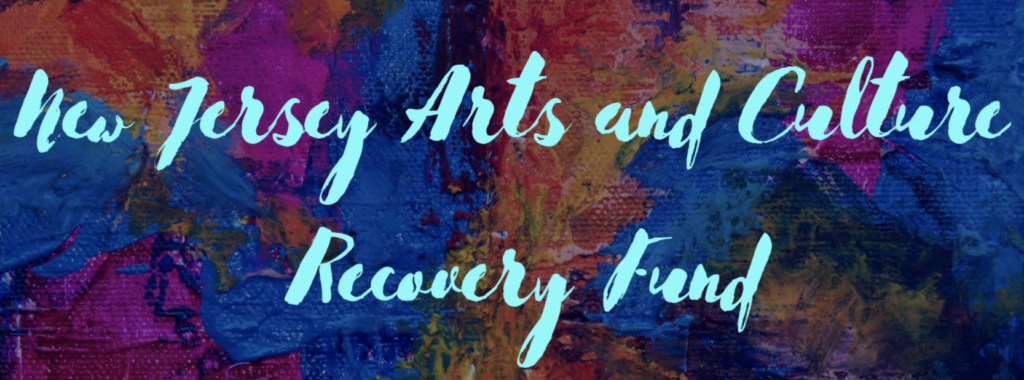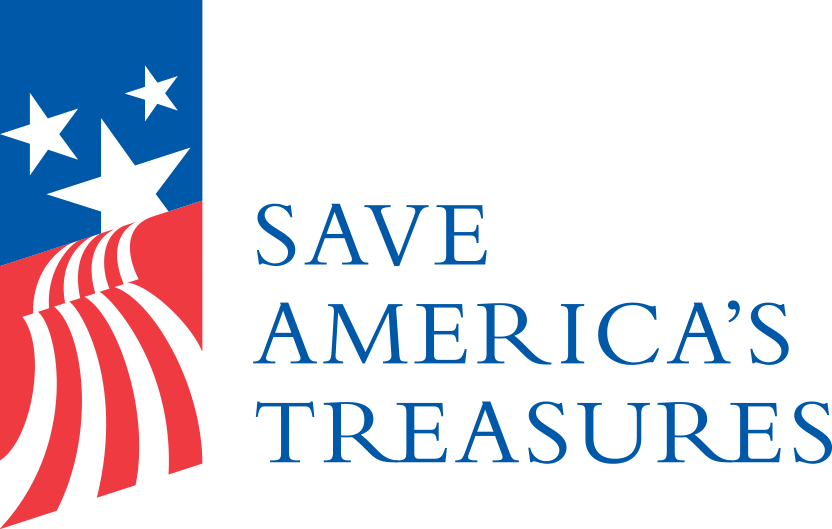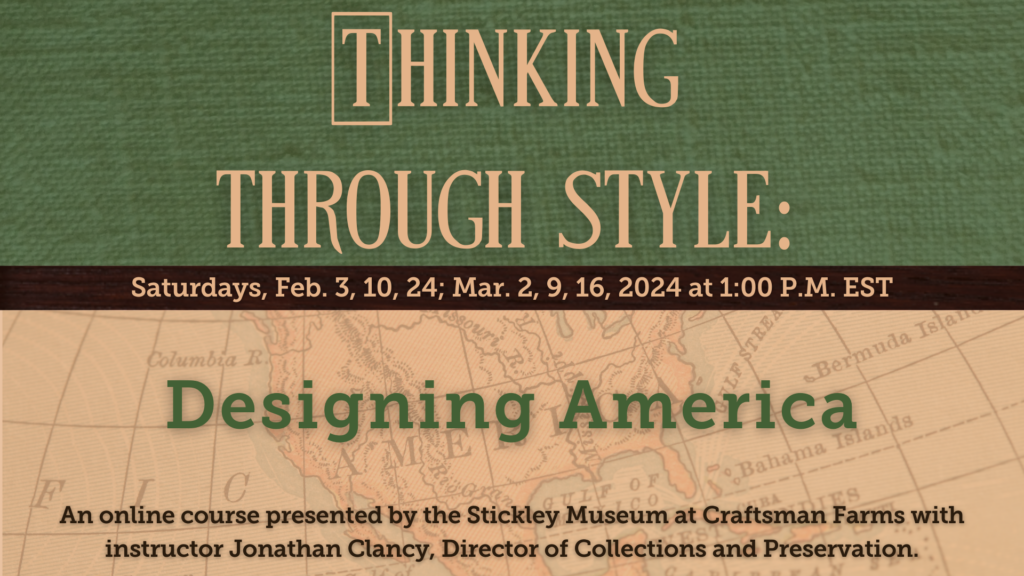
COURSE DESCRIPTION
In our daily lives, although we are surrounded with an abundance of American objects, we tend to use the term “design” rather sparingly, reserving it for things more or less made within the last 125 years. The museums we travel to, the house museums we visit (or operate) and even the antique stores and tag sales we drive by are chock a block full of American design, much of which we ignore. Consigned to a category in our minds with labels like “irrelevant brown furniture,” “Old-fashioned things my (grand)parents liked,” or just “ugly,” we ignore these styles at our own peril as they disconnect us from the dialog of history that artists constantly engage. In that sense, this class argues that without a firm understanding of style and design, we cannot really appreciate those figures we revere–be it Stickley, The Herter Brothers, Robineau, Charles and Ray Eames, or Duncan Phyfe–without learning the language they spoke with: Design. This series–as spelled out in the title–is meant to think through these styles, not as a dull progression of isolated occurrences, but as reflections of the design process, a kind of dialog between old ideas and present conditions, between the ability of the maker and the demands of the client. While we take a pleasant romp chronologically through American design, we do so with the mandate to look carefully and closely at objects rather than as rote memorization of boring facts and figures.
The second motivation for a class like this is to–in a small way–address the common complaint I hear: a ubiquitous worry about younger generations and their lack of appreciation for the brown furniture and old things we admire. I believe we teach more by deed than word, and that we conveniently forget that our elders had similar complaints when we ignored their brown furniture and were held singularly captive by the allure of the Arts and Crafts movement. My hope is that with a solid foundation in history and an approach to design that rewards close looking, we might pass along to younger generations an important example of what appreciating material culture means, one in which will argue implicitly for the importance of museums, of collections, and engagement. We can, and even should, lead by example in this regard and no longer allow our own indifference towards (or ignorance of) the history of Design to prevent us from connecting with the broad array of material culture that inhabits our world.
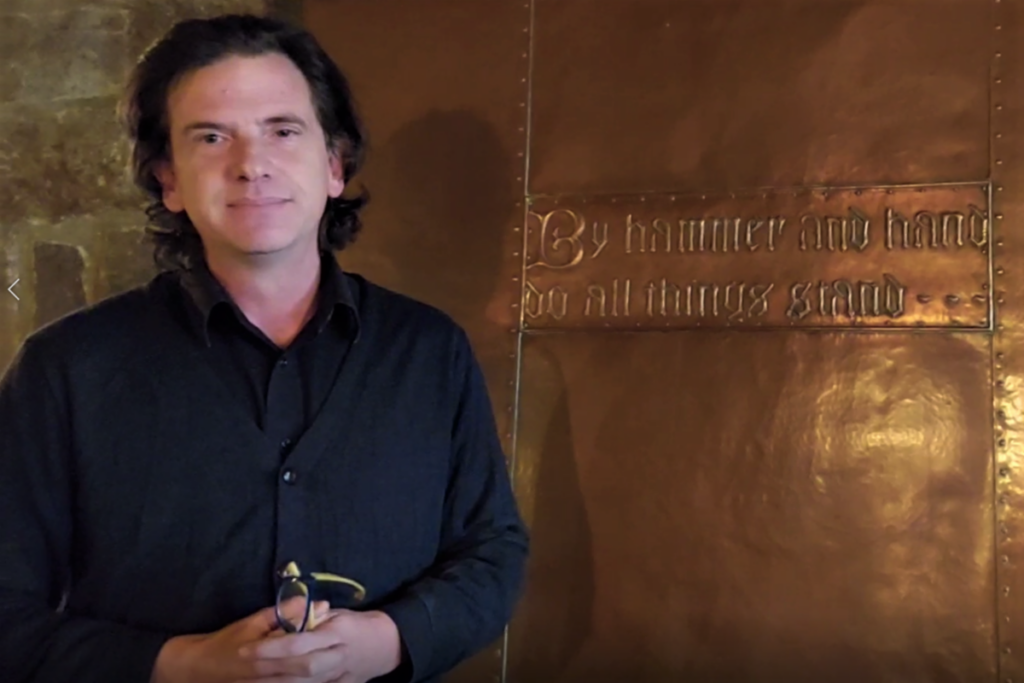
ABOUT THE INSTRUCTOR
Jonathan Clancy is the Director of Collections and Preservation at the Stickley Museum at Craftsman Farms. An author, educator, and curator Clancy received his doctorate in art history in 2008 from the Graduate Center. Formerly Director of the MA in American Fine and Decorative Arts program at Sotheby’s, he left in 2017 to form an advisory group. As an independent consultant, he has worked with private clients and institutions on collection management, exhibition planning, label writing and research, and valuation.
Registration is required. Once registered and paid, you will receive an email prior to each session with a link to join.
Do you have a scheduling conflict for the live session? You can still enjoy the program. Register and we’ll send you the recording! All paid attendees will be emailed a private link to the session recording when it is available, typically 4-5 days after the live program.
Missed us? You can also register retroactively. If you register for a session that has passed, you’ll receive access to the recording when it is ready.
Haven’t tried a session yet? Each session is planned as a “stand-alone” lecture, so you can take them all or attend the topics that interest you most.
6 Sessions for $25/ Session
Best Price! All 6 Sessions for $125 (One class free!)
SCHEDULE
| 1 | Sat., Feb. 3, 2024 | Session One: ‘New’ Worlds / Old Habits America–as the idea we hold if not yet a nation–began to take in the 17th century when sustained English and Dutch efforts at colonization took hold along the Atlantic Seaboard. First in Jamestown, Virginia (1607), New Netherland (1614), and then at Plymouth in Massachusetts (1620), Europeans began shaping their environment and creating a distinct material culture that blended established tradition with emerging local customs and conditions. Seventeenth century design in the colonies, unsurprisingly, tended to reflect both Dutch and English influences, even as the world of design was becoming truly global. In this session, we will focus on seventeenth century decorative arts and architecture, examining not only the forms the colonists made but the imported ideas that influenced these creations. | 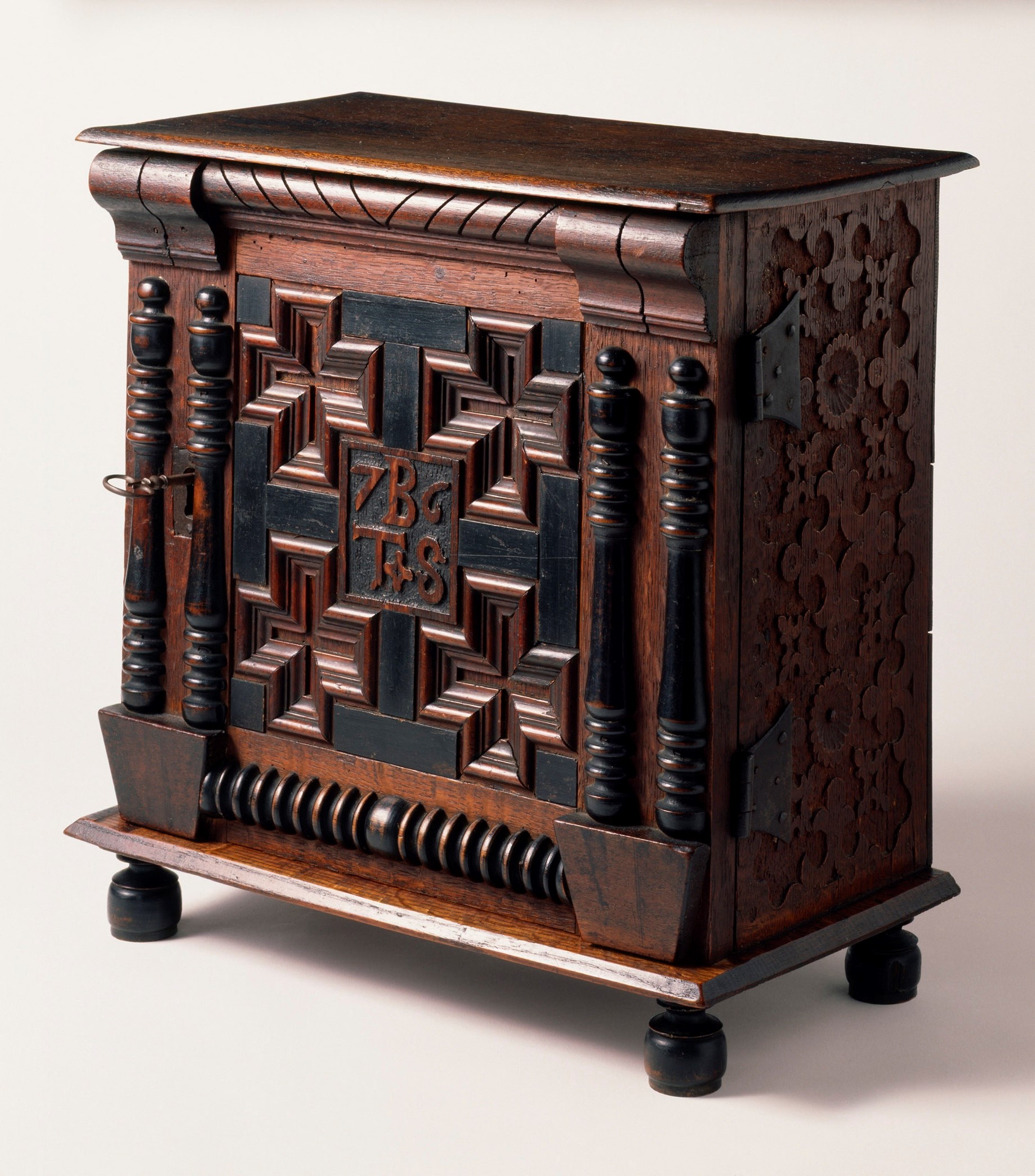 Symonds Shop, Spice Box or Chest, 1676. Winterthur Museum. Symonds Shop, Spice Box or Chest, 1676. Winterthur Museum. |
| 2 | Sat., Feb. 10, 2024 | Session Two: Distinction and Difference in the Early 18th Century In the first half of the 18th century, for reasons which are not very well understood, regional differences in construction come clearly into focus, even as the notion of “style” remains a broad conceit shared by both European nations and their colonies. This is the period that art historians call the late Baroque (but which most of us call William and Mary and Queen Anne periods). Centers of commerce and trade, centered around Charleston, Boston, Newport, Philadelphia, and New York begin to coalesce and the subsequent rise in wealth provides increasing opportunities for artisans which spurs more migration and more aesthetic developments. | 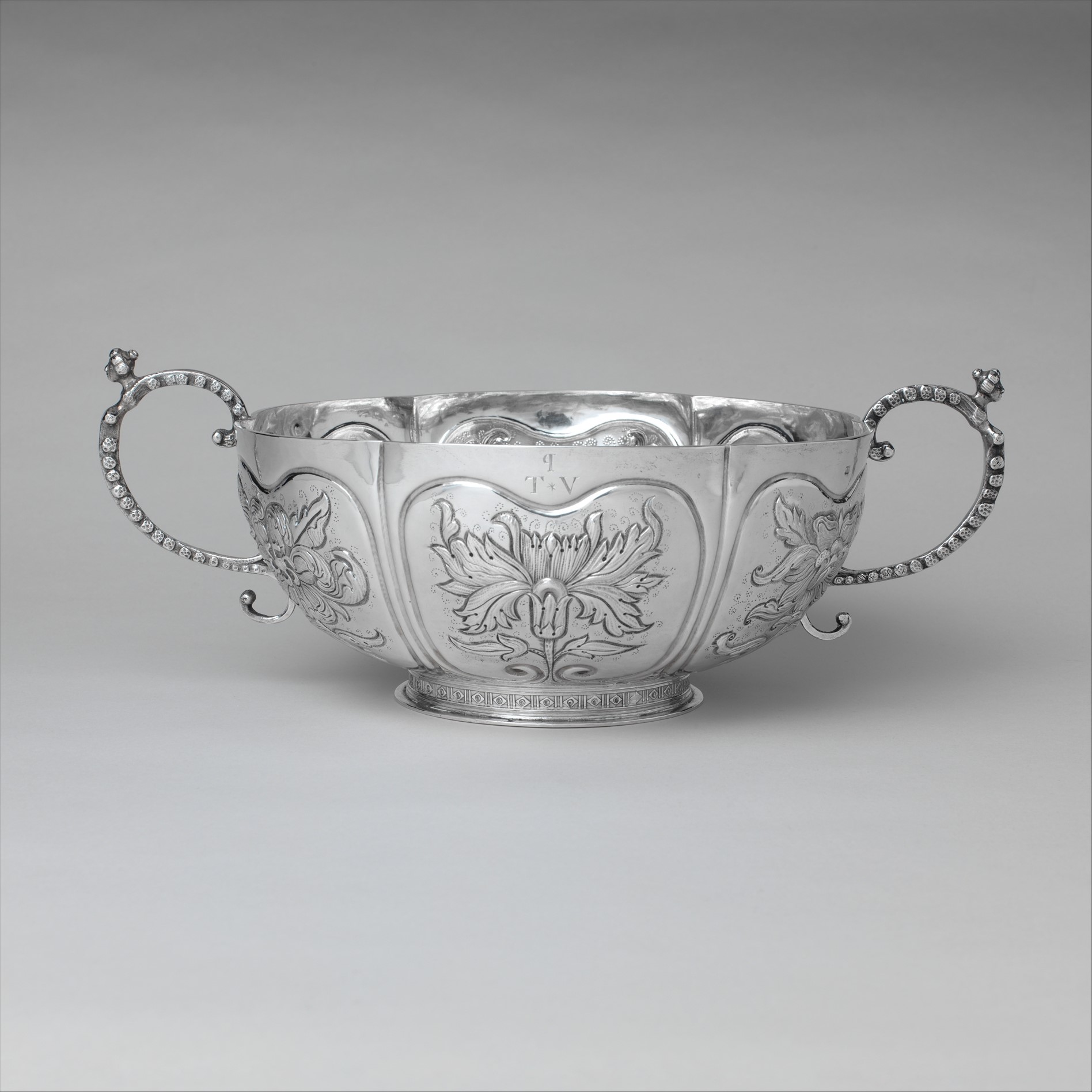 Cornelius Kierstede, two-handled bowl, ca. 1700-10. Metropolitan Museum of Art. Cornelius Kierstede, two-handled bowl, ca. 1700-10. Metropolitan Museum of Art. |
| 3 | Sat., Feb. 24, 2024 | Session Three: American Rococo and the Puritanical Tradition With very few exceptions, the main hallmarks of the Rococo Style–a raciness that embraced curve, vigor, and dynamism– were largely muted in American design of the late 18th century. It is not that Americans did not have a Rococo period, but that it was, well, very 18th century American: a little cautious, largely conservative, and frankly Puritanical. It is not to say that Americans did not make great things (for plenty of examples of these abound), but to remind us that while styles broadly share a discrete vocabulary, they often are spoken with a local accent that reflects the history and ideals of their community. Although designers in the colonies knew about (and even relied) on the work of Chippendale and other leading figures, they managed to create unique versions that suited the traditions of their customers while still allowing them to embrace a sense of something new. | 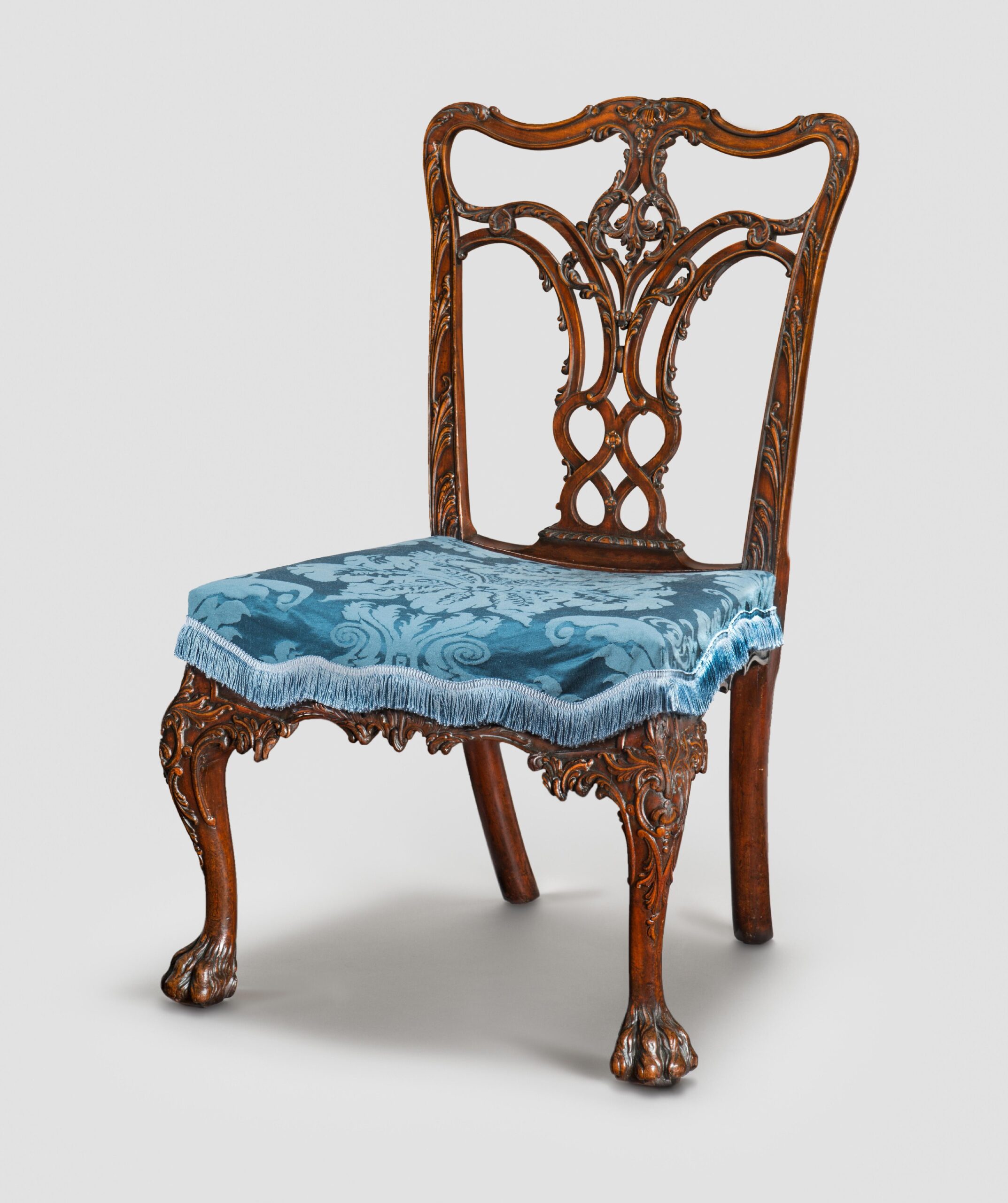 Benjamin Randolph, Hercules Courtenay, and John Pollard (attr.), chair, 1769. Philadelphia Museum of Art. Benjamin Randolph, Hercules Courtenay, and John Pollard (attr.), chair, 1769. Philadelphia Museum of Art. |
| 4 | Sat., Mar. 2, 2024 | Session Four: Neoclassicism Because we are continuously bombarded by classical design elements, it can be hard to remember that there was a time in which this was the latest and greatest in cutting edge trends. It is as though the world, tiring of the excess and imbalance of the Rococo, sought refuge in something more symmetrical and restrained. Variously known as Sheraton or Federal Style the sensuous curves of the Rococo are replaced by an often dainty, linear aesthetic that focused more on marquetry and flat inlay than deep carving dimensionality. This class explores one of the fundamental tensions in American art and design: our newfound political independence from England and the renewed reliance on English design that marked the late 18th and early 19th century. | 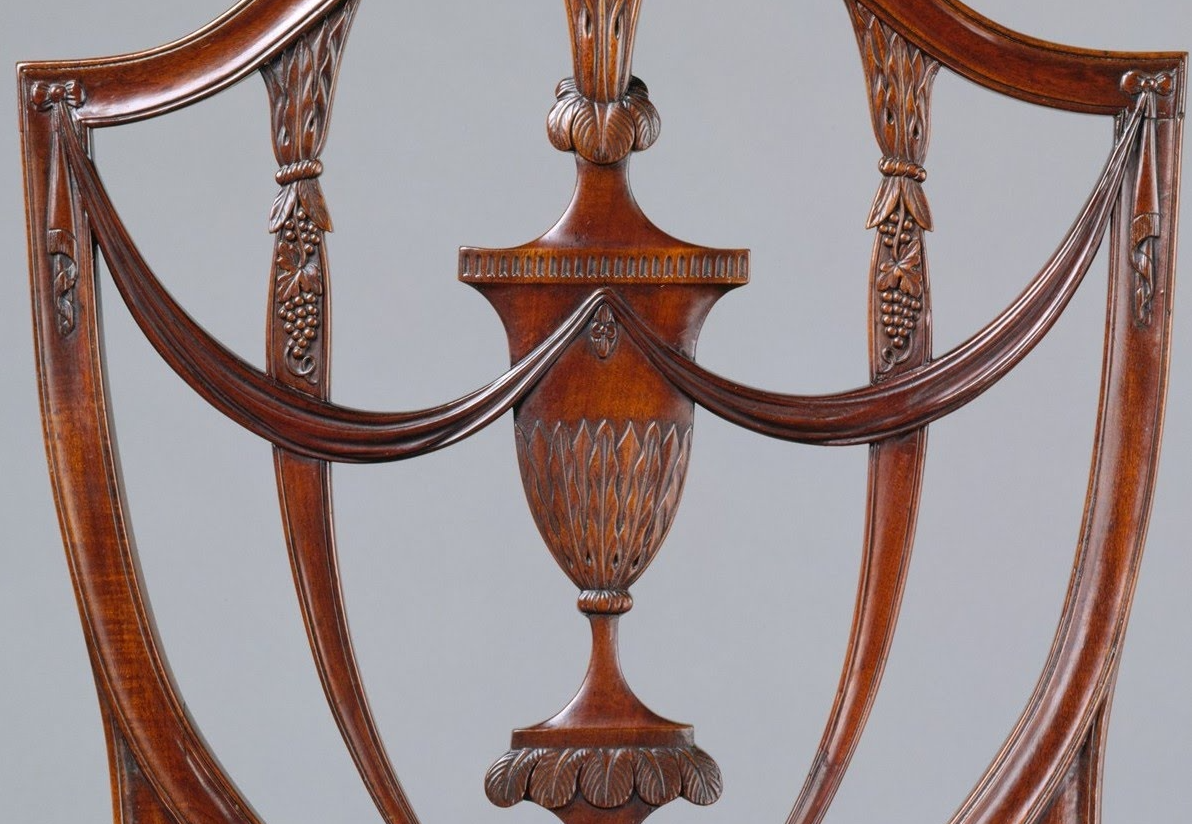 Samuel McIntire, side chair (detail), ca. 1794-99. Metropolitan Museum of Art. Samuel McIntire, side chair (detail), ca. 1794-99. Metropolitan Museum of Art. |
| 5 | Sat., Mar. 9, 2024 | Session Five: The Empire Strikes Back Much like the George Lucas franchise, neoclassicism had a sequel that was bigger and badder than the original: the Empire Style. In some ways, it was inevitable: you can only take the delicacy of line and lightness of classicism so far before someone comes along, looks at the Classical period, and realizes it was much more muscular and bold than what neoclassicism had been offering. Although figures like Duncan Phyfe have tended to dominate the discussion–almost to the point of excluding other makers–this was a widespread phenomenon that relied upon a continued transatlantic dialog of design and motifs. | 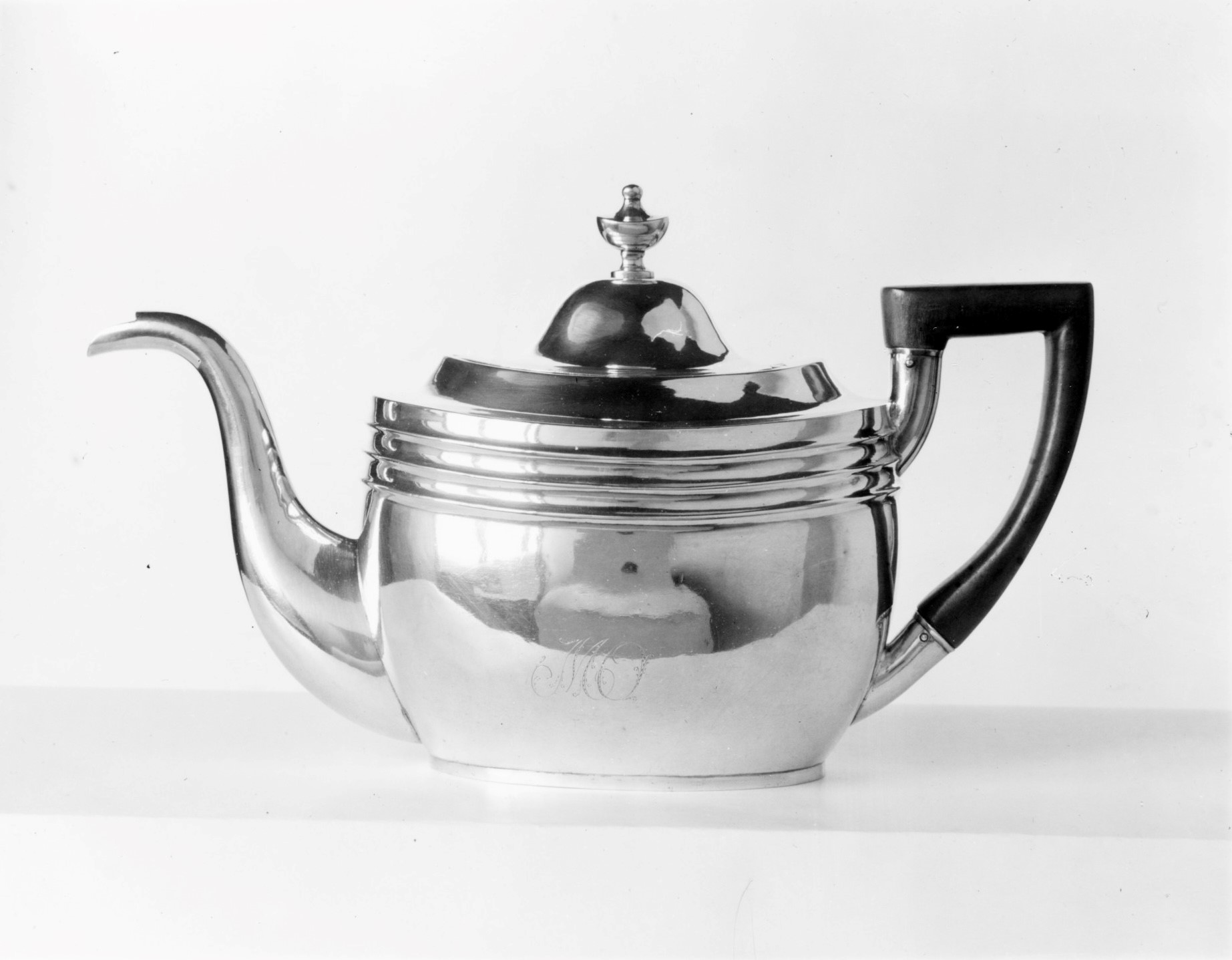 John Sayre, Teapot, ca. 1810. Metropolitan Museum of Art. John Sayre, Teapot, ca. 1810. Metropolitan Museum of Art. |
| 6 | Sat., Mar. 16, 2024 | Session Six: Back to the Future (revivals) With classicism having dominated the design discussion for the past three decades or so, it was as though there was a somewhat collective realization that other historic styles–from the Gothic to Greek to Rococo to Renaissance–might similarly prove useful veins to mine for ideas. Concurrent with a rise in Romanticism and sentimentality, a period of revivals emerged in the middle third of the 19th century as designers used objects to reflect the ideals (and status) of places and times usually inaccessible. Ironically, while it was a period of looking backward, it was also one of new technologies and innovation that pushed the decorative arts further into modernity. | 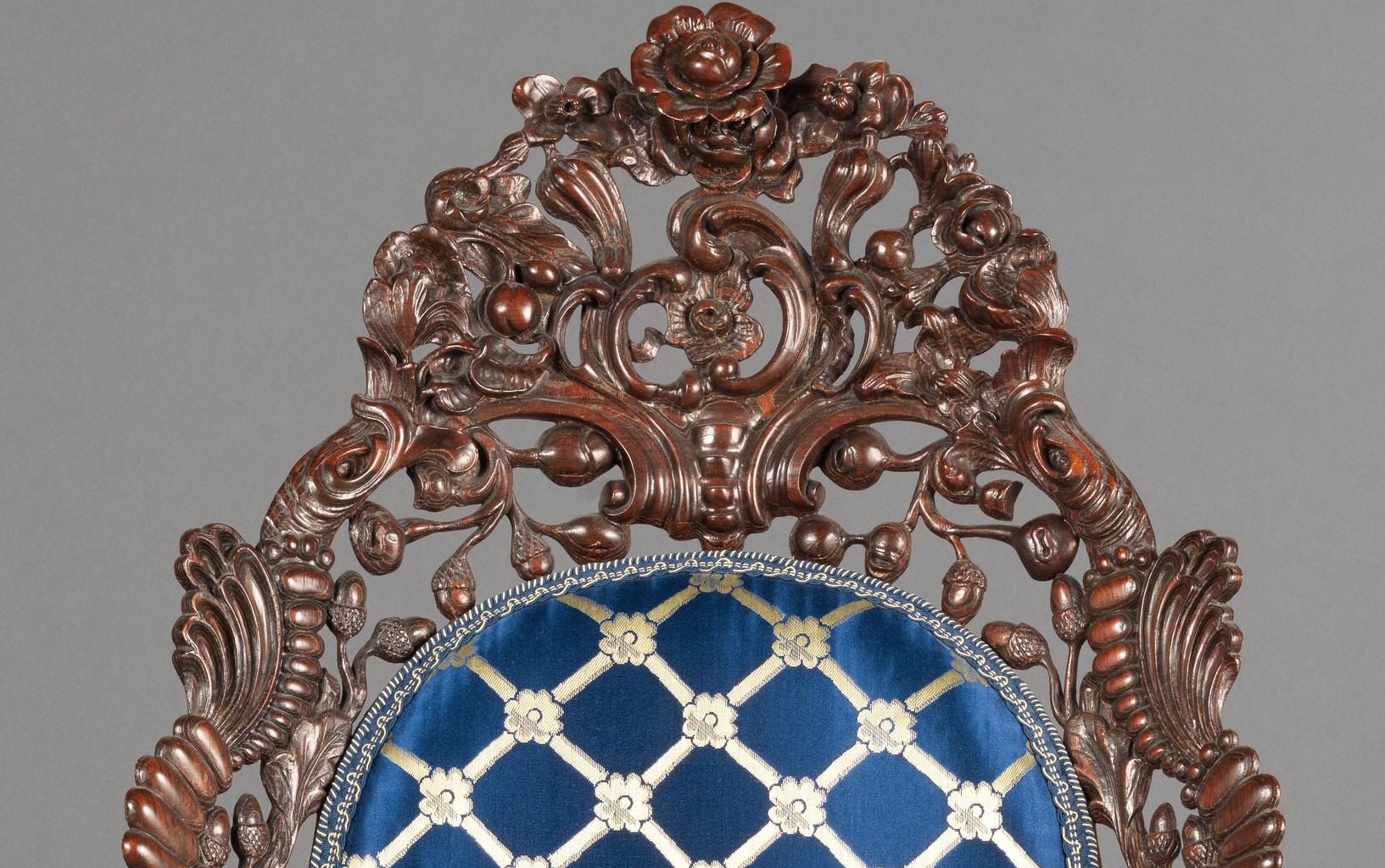 John Henry Belter (attr.), Armchair (detail), ca. 1850-60. Metropolitan Museum of Art. John Henry Belter (attr.), Armchair (detail), ca. 1850-60. Metropolitan Museum of Art. |
6 Sessions for $25/ Session
Best Price! All 6 Sessions for $125 (One class free!)
MORE INFORMATION
Craftsman Farms, the former home of noted designer Gustav Stickley, is owned by the Township of Parsippany-Troy Hills and is operated by The Stickley Museum at Craftsman Farms, Inc., (“SMCF”) (formerly known as The Craftsman Farms Foundation, Inc.). SMCF is a 501(c)(3) not-for-profit organization incorporated in the State of New Jersey. Restoration of the National Historic Landmark, Craftsman Farms, is made possible, in part, by a Save America’s Treasures Grant administered by the National Parks Service, Department of the Interior, and by support from the Morris County Historic Preservation Trust, The New Jersey Historic Trust, and individual donors. SMCF received an operating support grant from the New Jersey Historical Commission, a division of the Department of State and a grant from the New Jersey Arts & Culture Recovery Fund of the Princeton Area Community Foundation. Educational programs are funded, in part, by grants from the Arts & Crafts Research Fund.



